Chess Dynamics – excellence in surveillance and naval fire control

Naval Forces spoke with Jim Parrott about Chess Dynamics‘ perspective in the field of electro-optics and fire control. Jim has been appointed Naval Sales Manager in November 2024.
Boeing contracts Lufthansa Technik Defense for sustainment of German Navy’s P-8A Poseidon maritime patrol aircraft

Boeing and Lufthansa Technik Defense signed a multi-year contract on comprehensive technical sustainment services for the German Navy’s eight P-8A Poseidon maritime patrol aircraft (MPA), the first of which was delivered earlier this month.
Autonomous Underwater Vehicles
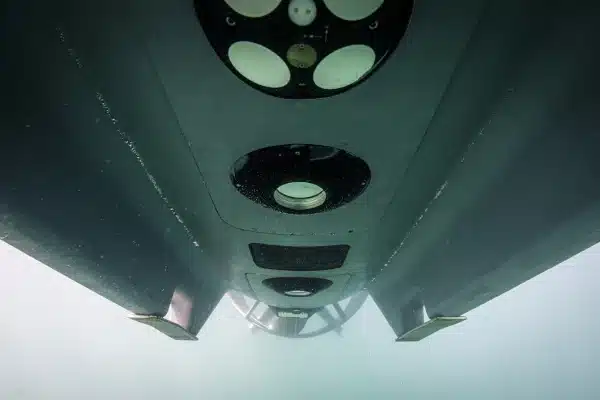
EUROATLAS and strategic partner EvoLogics are proceeding with sea trials of their GREYSHARK™ autonomous underwater vehicle (AUV)
Second S-80 class submarine hits the water and prepares for testing phase
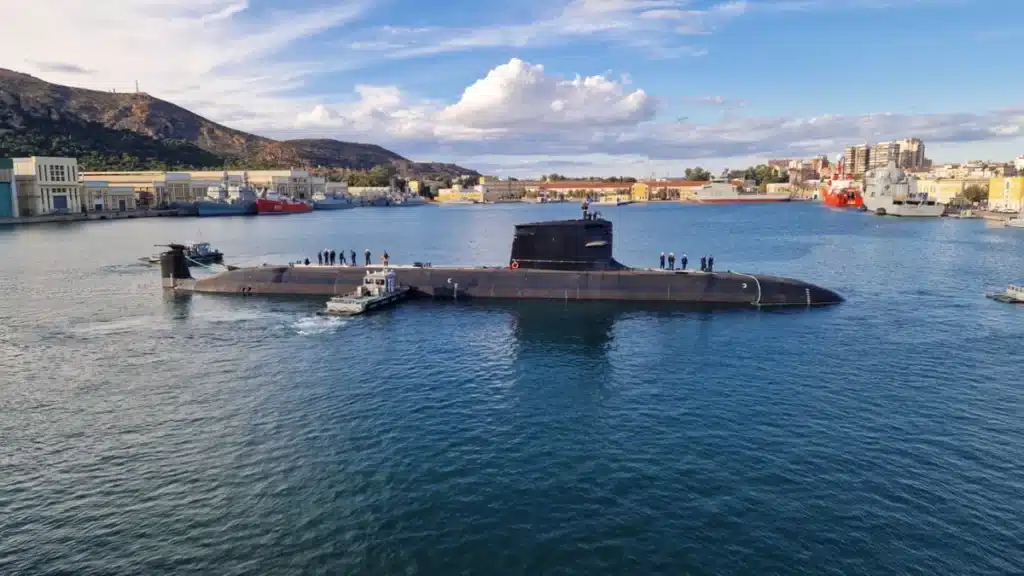
The submarine sits in the water after a long an delicate manoeuvre, carried out over several hours using a floating dock and involving a series of essential tasks and checks to ensure the operation was conducted safely, both inside and outside the submarine.
Fleet Solid Support
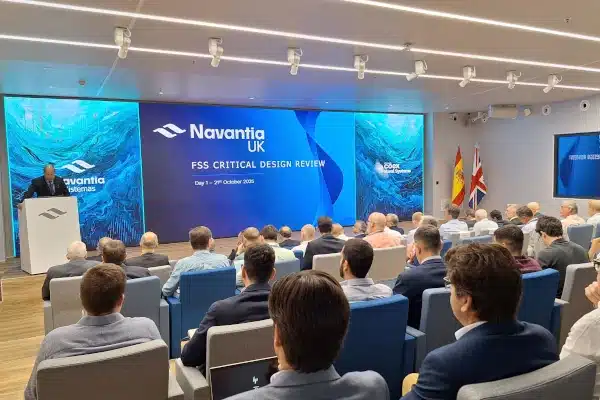
The Fleet Solid Support (FSS) programme has achieved a pivotal milestone with the successful completion of the Critical Design Review (CDR), marking the transition from design to manufacturing for the Royal Fleet Auxiliary’s (RFA) next-generation support ships.
Spanish Naval Shipbuilding
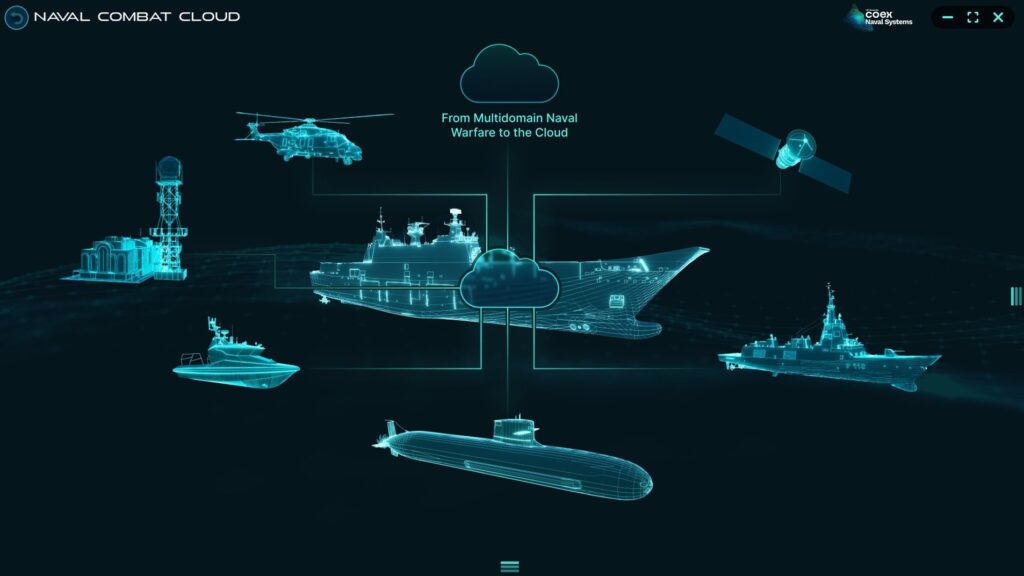
With the induction of several new state-of-the-art warship classes in recent years, Navantia is continuing to showcase its global leadership in a variety of naval shipbuilding technologies.
Spain’s S-80 attack submarine programme progresses
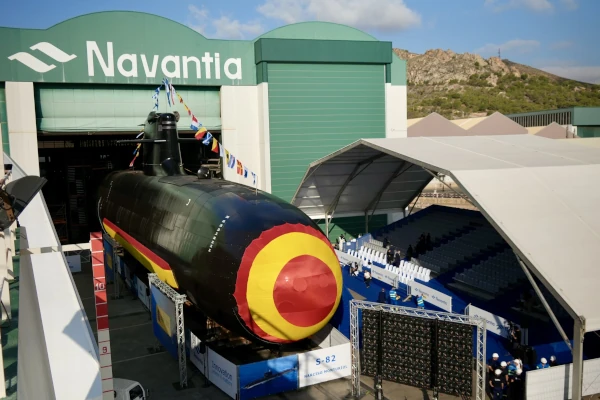
Navantia’s shipyard in Cartagena (Murcia) has hosted (on 3 October) the naming ceremony of the S-80 submarine SPS Narciso Monturiol (S 82).
Ballistic Missile Defence
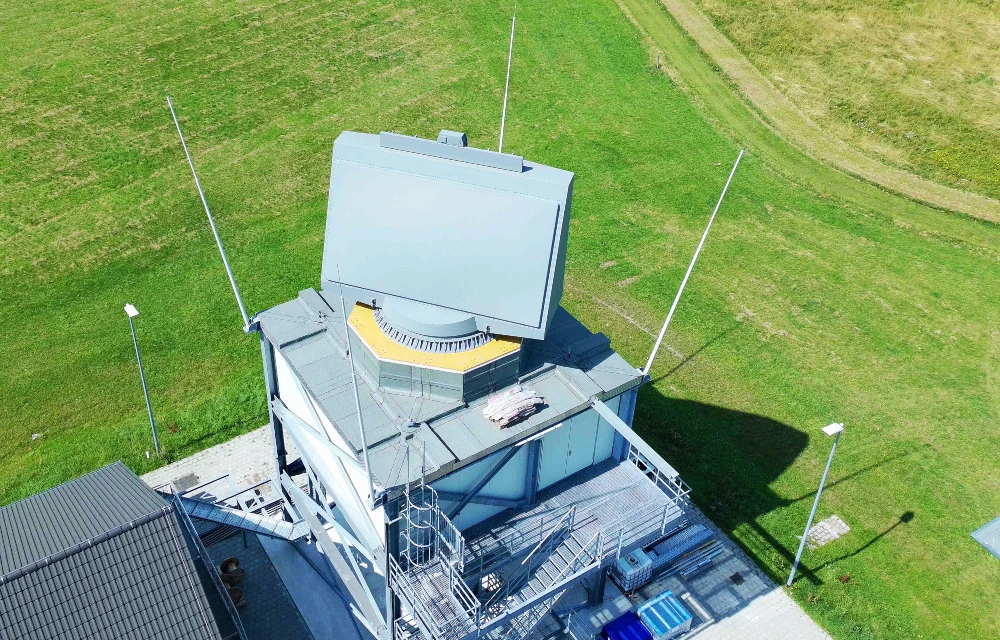
The TRS-4D LR long-range radar is used at the German Navy’s Naval Technical School in Parow (State of Mecklenburg-Vorpommern) as a test, reference and training facility.
UHSI32

The UHSI32 is being developed as a true game changer for future European naval operations.
The Hague 2025: NATO Adopts 5% Defence Investment Target – Ukraine Remains Strategic Partner

The Hague, 25 June 2025 – In a landmark decision, NATO Heads of State and Government agreed to significantly increase their defence investment. At the summit in The Hague, the 32 member states adopted a new benchmark: by 2035, all Allies are to spend 5% of their Gross Domestic Product (GDP) annually on defence and resilience.
